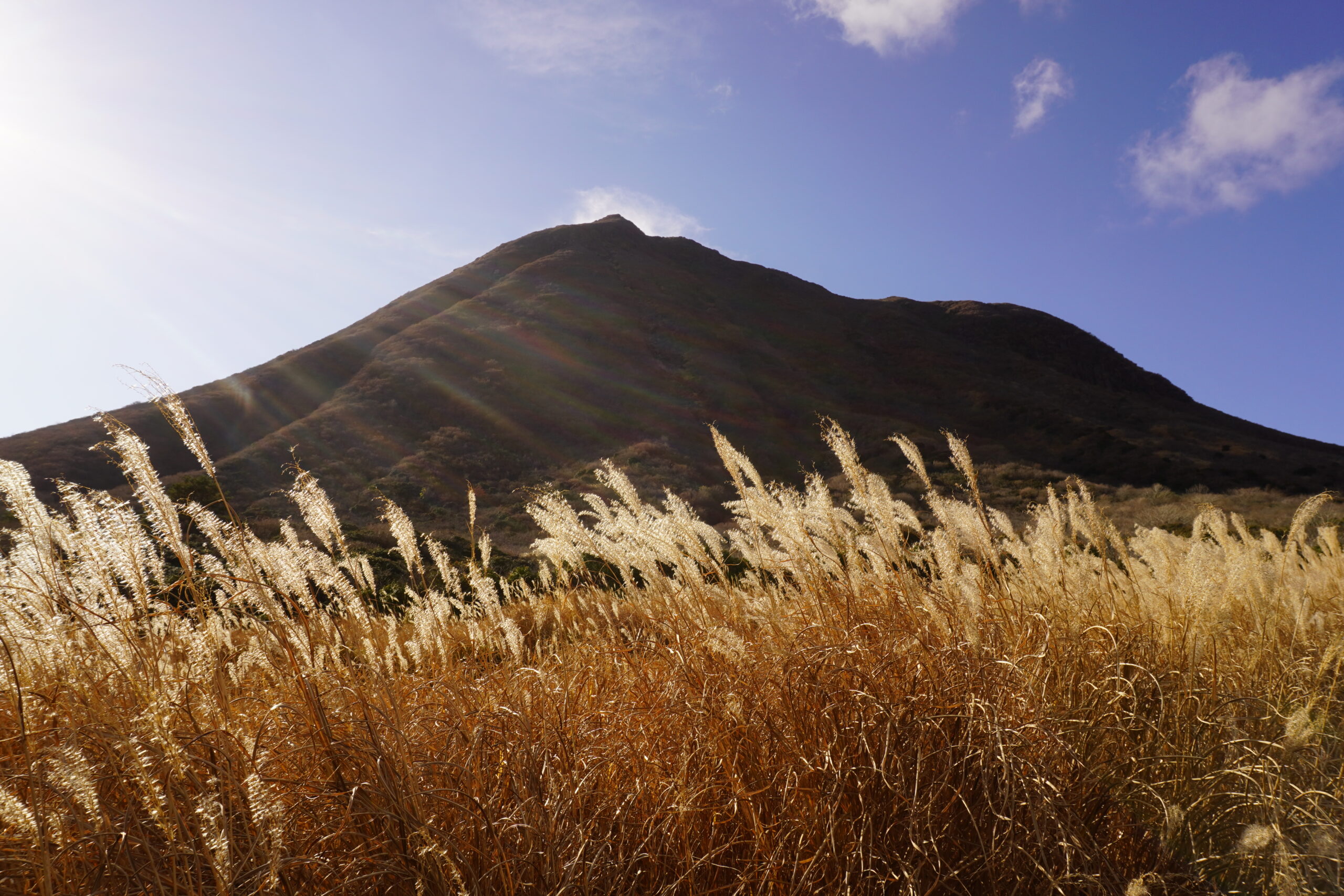A Journey Through Kyushu: Part Two
This article was originally featured in the April 2024 issue of Connect.
Mark Christensen (Fukuoka)
This is the second part of a two-part article. The first part was published in the February 2024 issue of [CONNECT] and can be found online here.

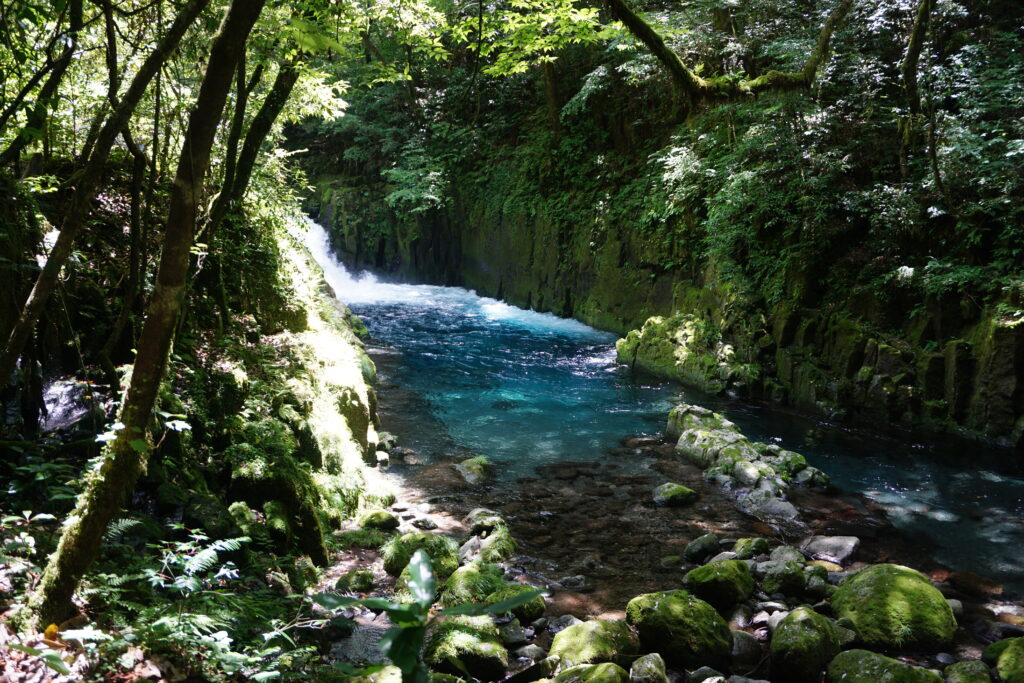



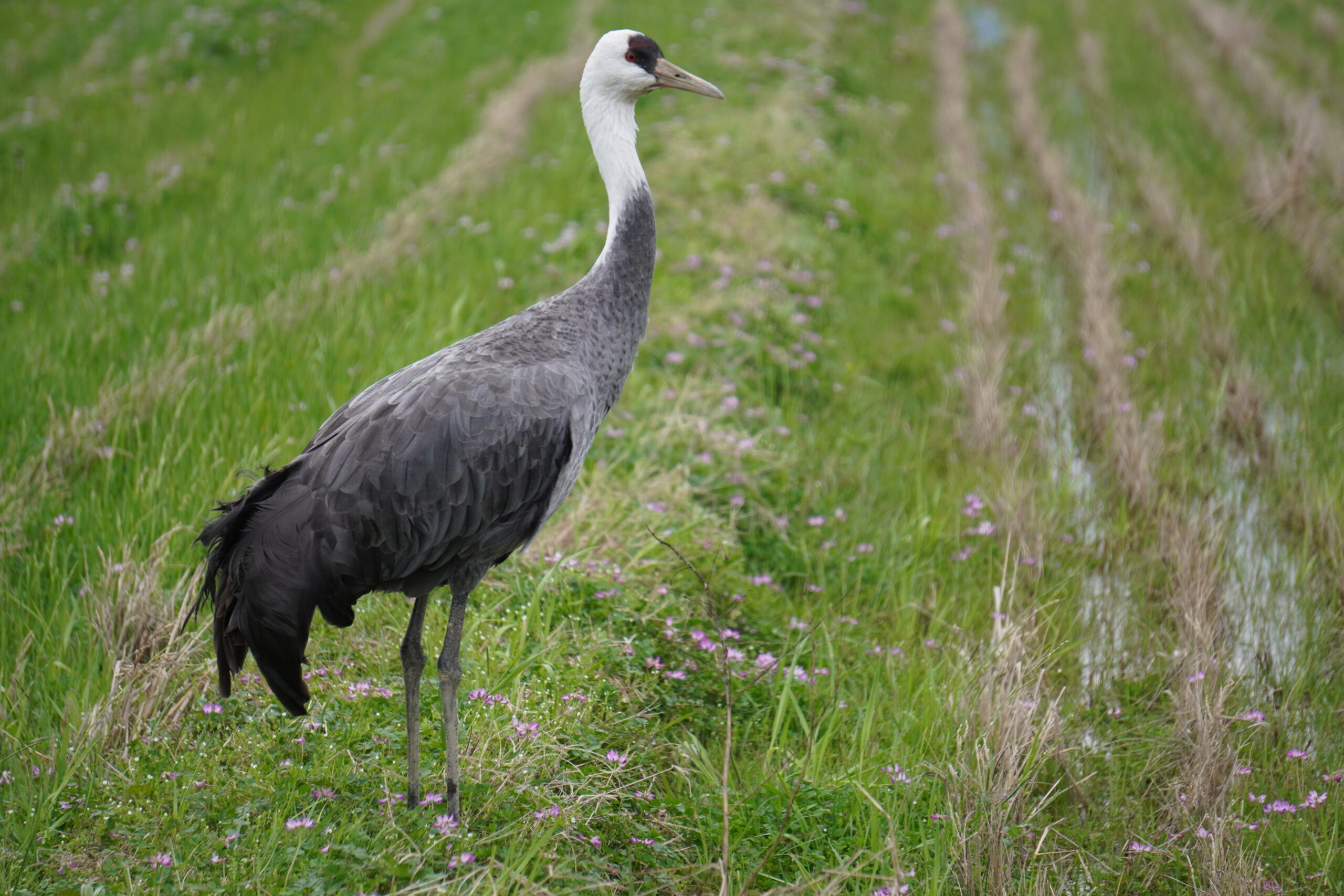


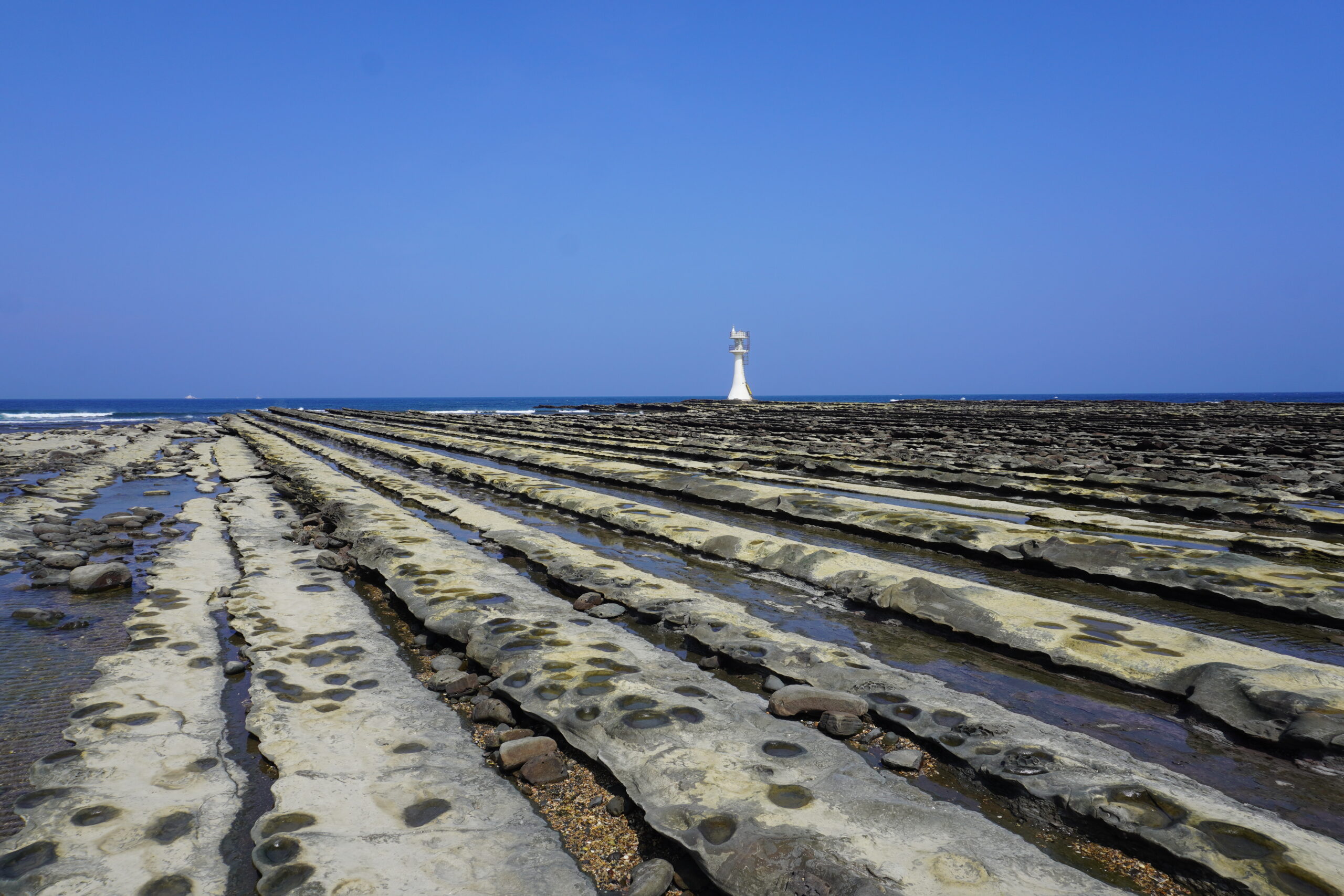










In Part One of this article, we covered western Kyushu—finishing our time on the road with a rest in Obama. Now, before we begin our journey east, we’re going to make our way back north to Omuta, Fukuoka. We skipped over it on the way down, but now’s a great chance to explore the seaside city, as it sits right on the border of the next prefecture on our all-island tour.
Kumamoto
South of Fukuoka lie the highways of Kumamoto, which is the island’s vast, centermost prefecture. The drives in this region are among some of Kyushu’s longest, but they also contain a high concentration of one of Japan’s nicest amenities, the michi-no-eki (“road station”). If you ever need to stop, eat, or just take a moment to think, these special places are available at regular intervals. They’re also a great shopping stop if you want to pick up local delicacies or souvenirs.
Entering Kumamoto from Fukuoka, we have a large number of travel options open to us by road, but for this trip our first stop will be one of my favorites: the unassuming Mount Kinpo on the outskirts of Kumamoto City. While the mountain itself isn’t so special, it contains an adorable secret: Yamegara birds. Also known as bushtits, these friendly birds are more than happy to drop by and snack on peanuts right out of your hand, much like Canada Jays in North America.
To get ourselves a more spectacular view, we’ll next head to the legendary Mount Aso. However, the path to reach this giant also holds some remarkable spots. On the winding road approaching the mountain, we’ll stop and take a break at Kikuchi Gorge, which features a visitor center overlooking a brilliant blue river. Here, we can purchase sweets and freshly cooked trout. In the summer, it’s a very popular place to get away from the heat. If we take a short walk up the bankside trails, we can enjoy a series of small waterfalls and wading areas.
Continuing along the same road, we’ll next come across the Aso Skyline lookout. Here, with Mount Aso’s impressive shape looming in the background, you can get a breathtaking view of the Aso Caldera, an incredible 18 x 25 km (11 x 15 mi) crater valley. Should you visit the volcanic observation area, you can look directly down into the bubbling blue-white volcanic waters inside the Nakadake Crater. Though be sure to check local information in advance, as eruptions can shut down the area for weeks or even longer; in 2021, the crater was inaccessible to the public for a year, and it is currently closed and has been since February 2024.
Oita
Heading now towards the eastern shore of Kyushu, we arrive in the mountainous Oita Prefecture.
The first peaks we see are those of the Kuju mountain range. If you’re a fan of flowers, hiking, or camping, this is one of the best places on the entire island. In May, the peaks are covered in vibrant pink azalea flowers, while fall fills the valleys with fields of golden grass.
Our next stop, the city of Yufuin, features a rustic setting that’s said to be popular with foreign visitors. It also offers a scenic view of the sweeping green slopes of Mount Yufu, a mountain with a distinct double peak which slightly resembles cat ears.
Finally, we arrive at the eastern coast, and discover one of Oita’s other treasures: its plethora of onsen and hot springs. Driving into the city of Beppu, you’ll quickly notice the overwhelming number of steam vents; it sometimes looks as if parts of the city are on fire.
Some of the most interesting hot springs, however, are not the ones that you can soak in. The Seven Hells of Beppu, for example, are a series of very strange hot springs. One, Oniyama, actually contains live crocodiles, while another, Chinoike, contains blood-red waters which have the consistency of tomato soup.
Miyazaki
Going southward, we leave the grassy highlands behind as we enter the dense forests and sparsely populated countryside of Miyazaki.
Takachiho Gorge is nestled deep in the reaches of the prefecture’s mountains. In good conditions and with some forward planning, you can rent a boat here and travel up and down the narrow river to enjoy the stately ravine and waterfalls.
A short distance away is the sacred site of Amanoyasukawara. Consisting of a small cave shrine nestled next to a river, it is said that the goddess Amaterasu once hid the world’s light away here until she was eventually drawn out with dancing and song.
Travelling a few more hours on the southern coastal highway, we next encounter Aoshima, a curious, small island connected to the mainland by bridge. The tiny, isolated forest contains a unique microbiome consisting of the world’s northernmost population of Chinese fan palms. The island’s rocky beaches are also very unique, jutting out in a tile-like form at seemingly unnatural angles, which has earned the area the nickname “The Devil’s Washboard.”
Another half hour down the coastal road takes us to Udo Jingu. Passing through the massive shrine gate, the complex continues downwards, marked by lanterns and rabbit iconography, until you finally arrive at a cave area nestled into the stony cliffside with a number of shrine buildings tucked inside.The entrance of this cave faces the sea, and if you’re up for a challenge, you can purchase clay pebbles from the shrine to throw down at a target on a stone pillar below. If you succeed, it is said that you’ll have good luck!
Crossing back towards the west, we find one more curious place of legend, Mount Takachihonomine.
Only a short climb from the Takachiho-gawara parking lot, this volcano hosts the legendary god-spear Ame-no-Sakahoko at its summit. While the current spear is a replica, records show that a mysterious metal spear was actually once found here. Today, this area offers a beautiful overlook of Kagoshima’s volcanoes.
Kagoshima
The southernmost prefecture of Kyushu, Kagoshima is home to some legendary historical figures. From Saigo Takamori to Okubu Toshimichi, the prefecture has produced many important people who changed the course of Japan’s history.
Just a few kilometers from Mount Takachihonomine, the Ebino Plateau is one of Kyushu’s great hiking areas, giving superb views of volcanic lakes and active volcanic craters. If you’re a James Bond fan, one crater, Shinmoedake, might look familiar to you, having featured in 1967’s “You Only Die Twice.”
Once again turning our route to the south, the road leads to Chiran. The town hosts a kamikaze museum which offers a different look at one of Japan’s most controversial policies during the Second World War and humanizes the pilots behind the term. A nearby restaurant-museum, the Hotarukan Tomiya Shokudo, tells the heartbreaking story of Torihama Tome and the young pilots she cared for. It was featured in the 2001 film Hotaru.
Kaimon will be the southernmost point of our journey. Known as “Satsuma Fuji,” it’s a near-perfect replica of Japan’s most famous peak, albeit far smaller and greener.
As we once again head north, there’s a few final gems to check out.
The Izumi Crane Observation Center, located near the Kumamoto border, is one such place. Carefully cultivated as a refuge for cranes, it attracts some very rare visitors; between October and March, 80 percent of the world’s hooded cranes and 50 percent of white-naped cranes winter here!
Now, instead of entering Kumamoto on the main highway, we’re going to take a detour to the west with a car ferry to Shimoshima Island.
Located north of the ferry port in an isolated bay lies the old fishing village of Sakitsu. Surrounded by steep forested hills and turquoise water, this quiet settlement was also home to a major population of Hidden Christians. Today, their story is told at the local museums and Sakitsu Church, a World Heritage Site. The village is notable for interfaith tolerance and coexistence; for a short time, it was the only location in Japan where one could get Shinto, Buddhist, and Christian “Goshuin” stamps all in one place.
To the north, our last stop will be Iruka Marine World. Located in a small port area with a view of Nagasaki’s Shimabara peninsula to the north, this tourist spot is home to a large number of playful dolphins. A quick boat ride out to them will reveal their incredible numbers; as each wave breaks, rows of ten or more dolphins follow.
From here, the road leads back through the Amakusa Islands and north to Kumamoto City, and thus our journey comes to its end.
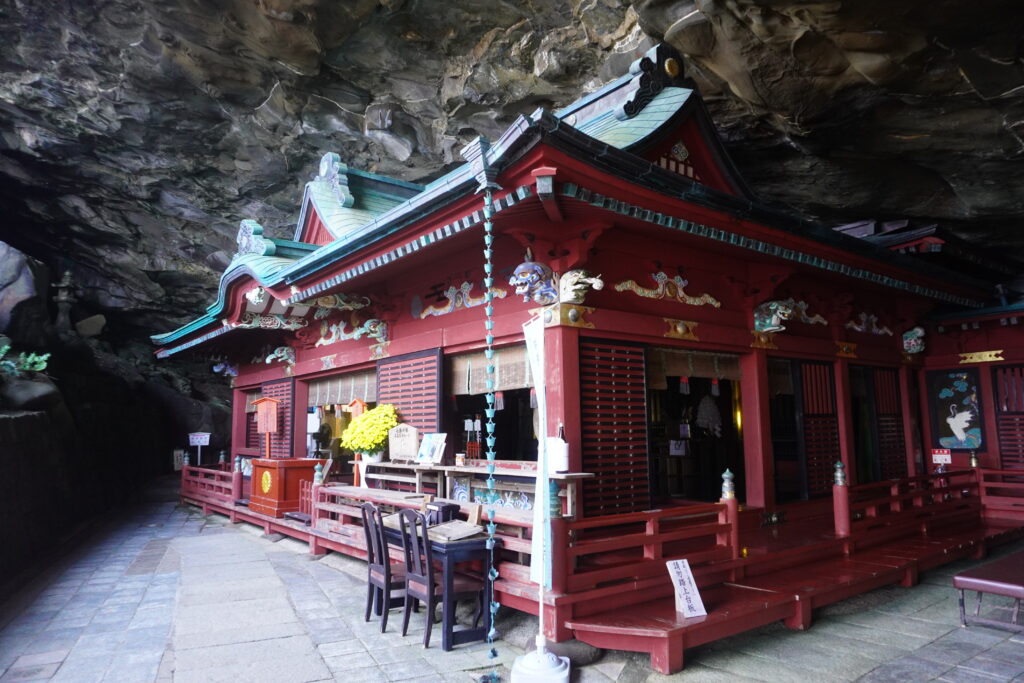
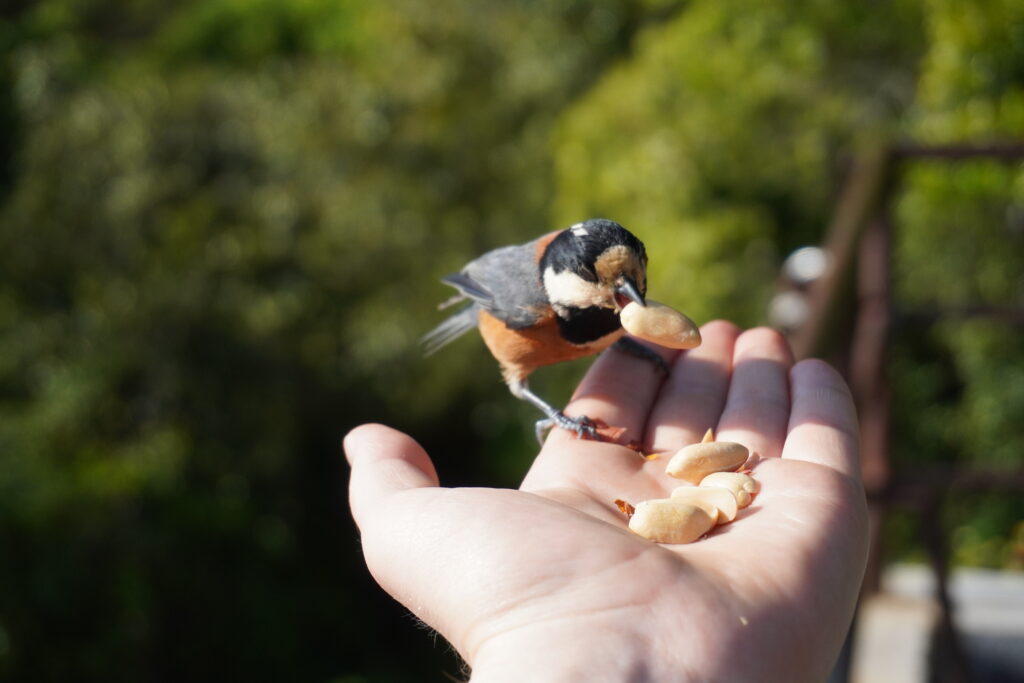
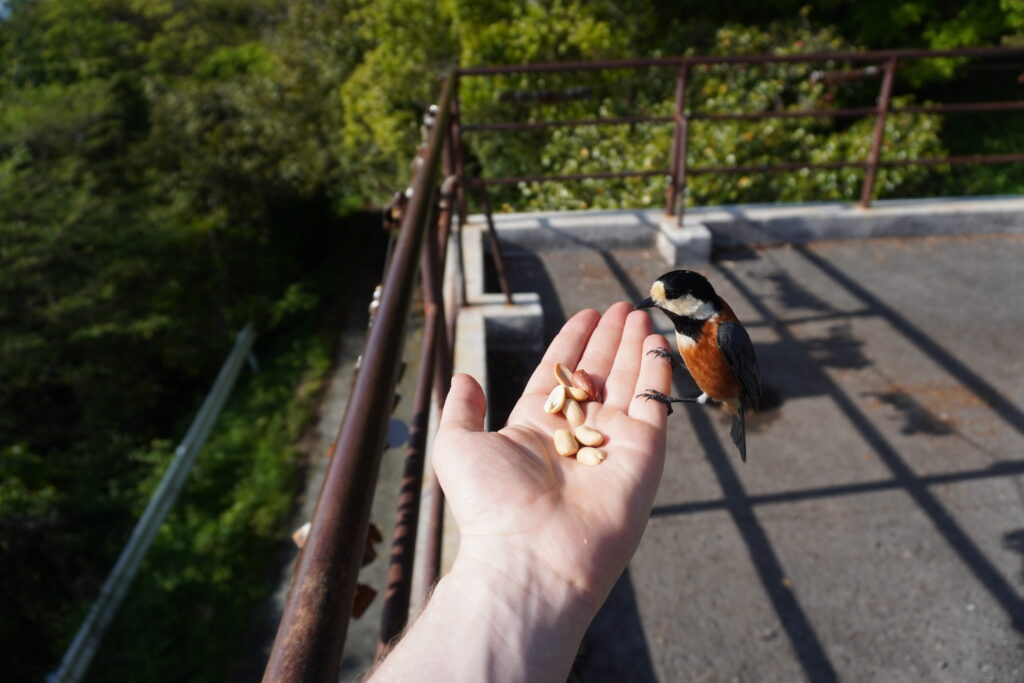




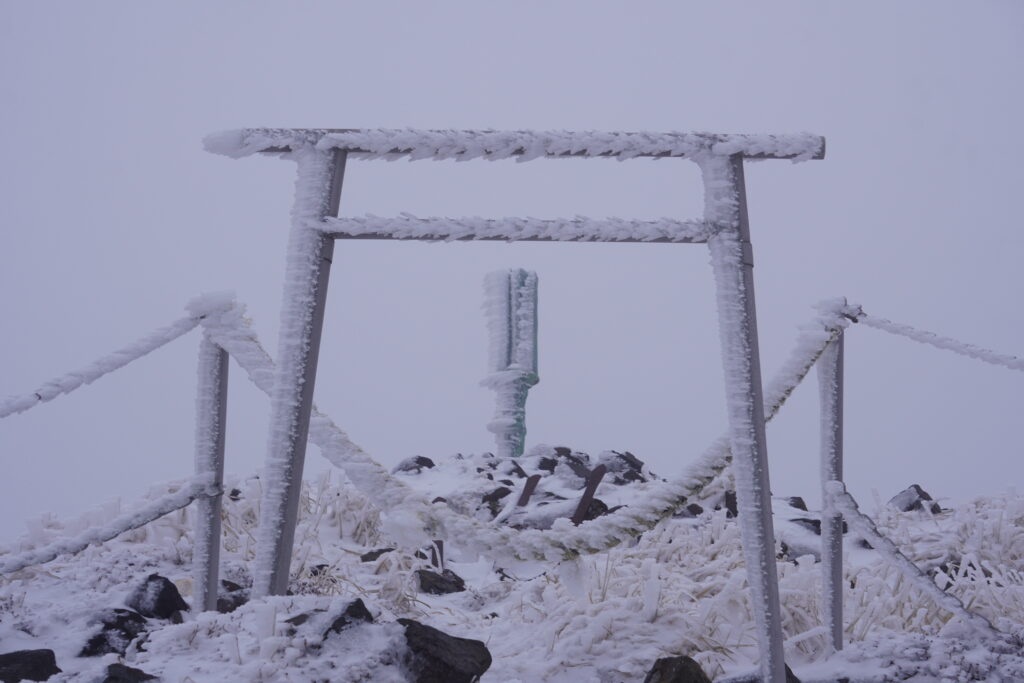

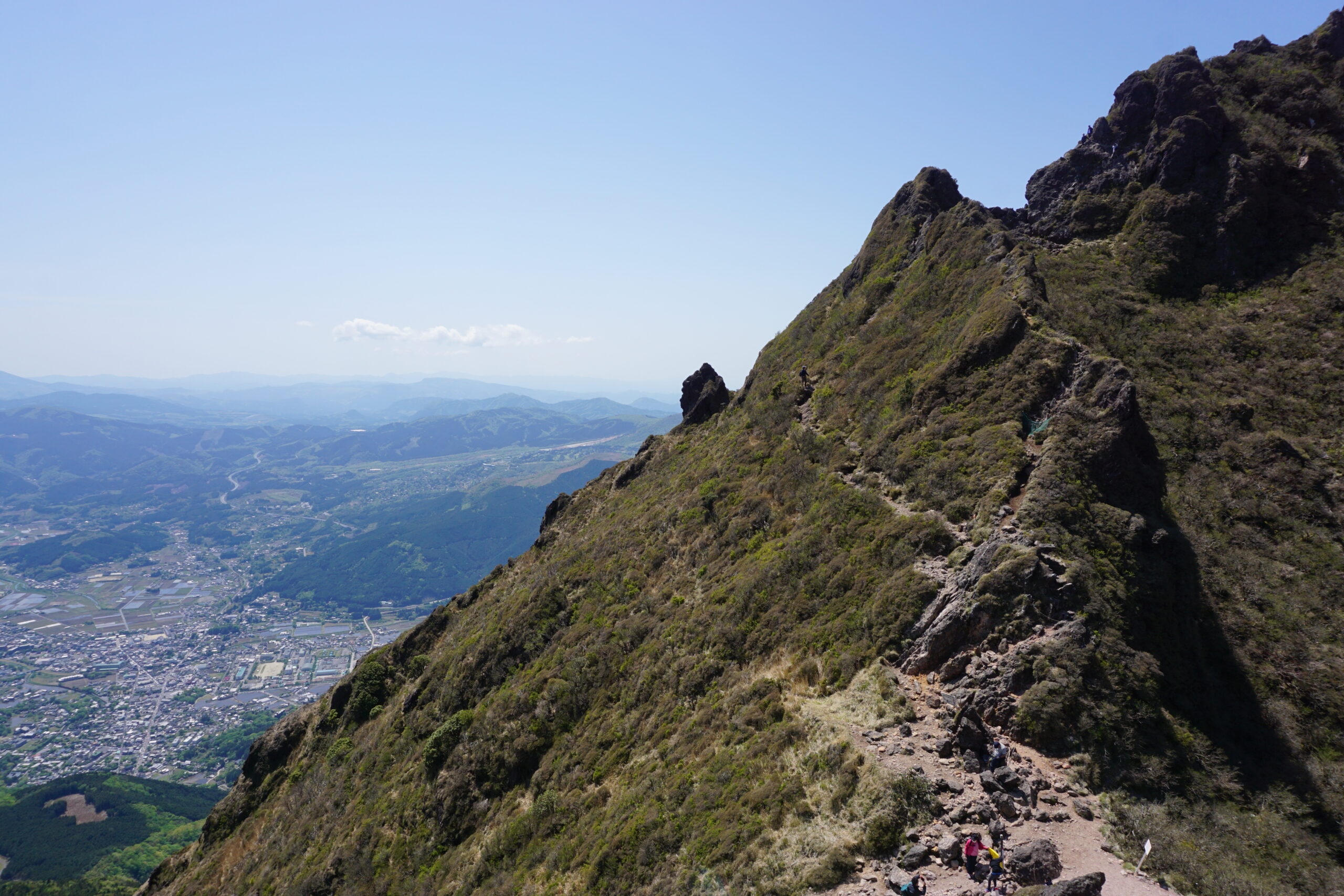






Kyushu is a marvelous place ripe for travel. While it may not be as famous as some of Japan’s most iconic regions, it’s no less beautiful and contains a charm all of its own. The roads may be long, but they’re definitely worth it. When you’ve next got time, why don’t you try a road trip here yourself?
Mark Christensen is a fifth-year ALT from Snohomish, Washington in the United States. An avid photographer, he has a passion for mountaineering and capturing the beauty of Japan. He currently resides in Omuta, Fukuoka. You can follow his photography on his Instagram.




